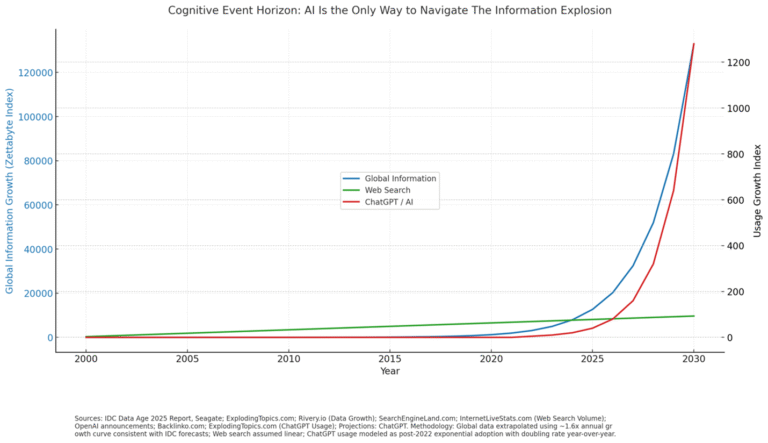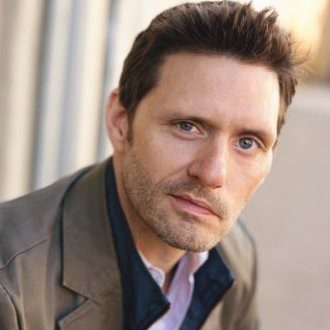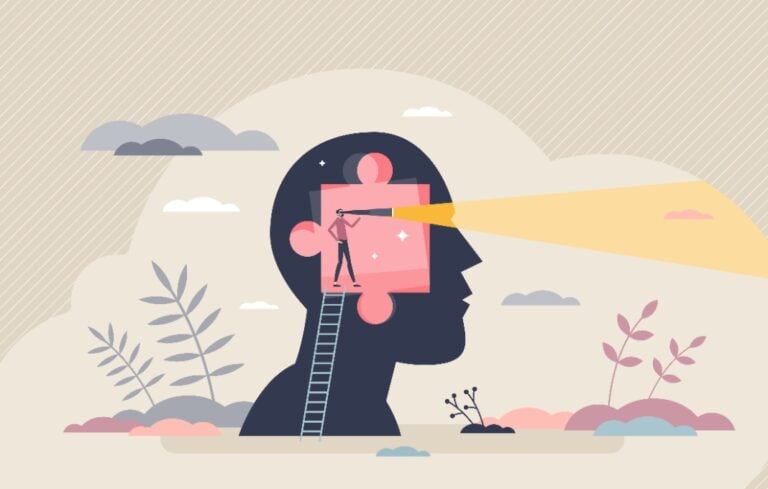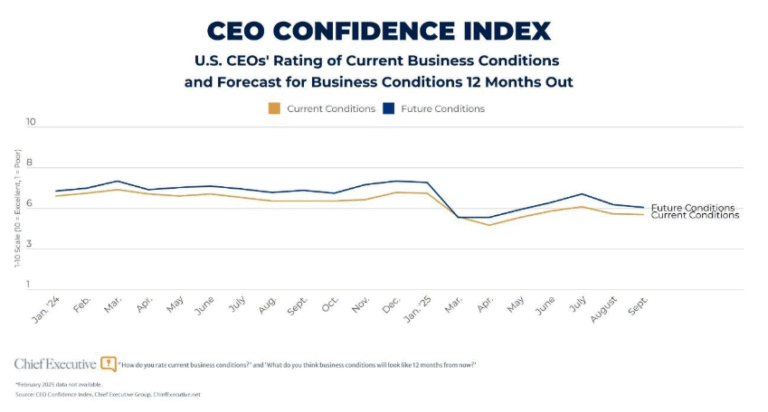

David Hassell, CEO of 15Five, a continuous performance management software platform, has a go-to analogy as to why businesses rarely make changes to the way employees are reviewed.
David Hassell, CEO of 15Five, says the yearly review doesn’t make sense in an era where employees aren’t staying in jobs as long as they once were and the pace of business changes very quickly.
“Someone once told me about this family where the mom would make this pot roast and the daughter said, ‘Why do you keep cutting the ends off the pot roast when you make the pot roast?’ The mother is like, ‘I don’t know. My mom used to do that. Let’s go ask her.’ And they asked the grandmother. She’s like, “Well, I don’t know. My mom used to do that… tradition gets passed on and passed on without even questioning why are we doing these things.”
That’s how Hassell felt about the yearly performance review, a concept he says doesn’t make sense in an era where employees aren’t staying in jobs as long as they once were and the pace of business changes very quickly.
“We’re not in static roles doing static things for long periods of time. People have to continually learn, evolve, grow, develop, change, respond, innovate,” Hassell says. 15Five’s software platform aims to address this with weekly feedback and objective setting, and built-in rewards that attracts an engaged and satisfied employee base.
He recently spoke with Chief Executive about the problems with traditional corporate culture, how CEOs can build a better culture, and more. Below are excerpts from that conversation.
What are some of the other big challenges and issues that you’re seeing in culture building in general that CEOs might be struggling with?
It would be hard for you to find a CEO who isn’t at least bought into the idea that culture is important and if they aren’t, they’re getting there quickly. I’m in a few different CEO groups and there’s one in particular who was kind of was just like, “Ah, this culture thing, it’s really kind of fluffy and all this stuff.” And now he’s a couple of years into the business and he’s like, “Yeah, I really got to be focusing on my culture. We’re having all sorts of problems.” So, if they don’t already agree that it’s important, they’re going to agree pretty soon because it’s going to to be bad.
The challenge that most CEOs have in building a really thriving culture is twofold. One, they’re in an already established company that doesn’t have a great culture, right? So that’s more often than not. It’s the easiest time to influence, so it’s important to understand. I’ll take a step back. CEOs are usually in the role of CEO because they’re really good at actually creating vision and strategy and getting people to execute, especially with their leadership team. To also be great at building a great culture, you have to understand human psychology. Not a lot of CEOs went to school and got a degree in psychology or really put a lot thought into human dynamics, social dynamics.
Culture is a natural human phenomenon that happens regardless of whether you influence it or not. So it’s not something that can be controlled, it’s very hard to measure, but it’s real because you can feel it and you can see the results, kind of just like your emotions are real, or pain is real, but you know, even the best of Western medicine can’t attach a little meter to you and tell you how much pain you’re feeling. You have to report on a level of zero to nine. It’s very subjective, but it’s real.
Similarly, culture is real. It’s hard to measure and you can’t control it but you can influence it. And the best, easiest time to influence it is at the start. So it’s kind of two things. One, like I said, one of the challenges is that CEOs are already in a situation where the company is well established, the culture is well established and it’s not what they want. That’s one of the hardest [situations] to influence. Or they’re at the outset and they just haven’t really thought about this stuff and they don’t think it’s important yet. And then they end up in the latter category anyway. So those are the challenges.




Chief Executive Group exists to improve the performance of U.S. CEOs, senior executives and public-company directors, helping you grow your companies, build your communities and strengthen society. Learn more at chiefexecutivegroup.com.
0

1:00 - 5:00 pm
Over 70% of Executives Surveyed Agree: Many Strategic Planning Efforts Lack Systematic Approach Tips for Enhancing Your Strategic Planning Process
Executives expressed frustration with their current strategic planning process. Issues include:
Steve Rutan and Denise Harrison have put together an afternoon workshop that will provide the tools you need to address these concerns. They have worked with hundreds of executives to develop a systematic approach that will enable your team to make better decisions during strategic planning. Steve and Denise will walk you through exercises for prioritizing your lists and steps that will reset and reinvigorate your process. This will be a hands-on workshop that will enable you to think about your business as you use the tools that are being presented. If you are ready for a Strategic Planning tune-up, select this workshop in your registration form. The additional fee of $695 will be added to your total.

2:00 - 5:00 pm
Female leaders face the same issues all leaders do, but they often face additional challenges too. In this peer session, we will facilitate a discussion of best practices and how to overcome common barriers to help women leaders be more effective within and outside their organizations.
Limited space available.

10:30 - 5:00 pm
General’s Retreat at Hermitage Golf Course
Sponsored by UBS
General’s Retreat, built in 1986 with architect Gary Roger Baird, has been voted the “Best Golf Course in Nashville” and is a “must play” when visiting the Nashville, Tennessee area. With the beautiful setting along the Cumberland River, golfers of all capabilities will thoroughly enjoy the golf, scenery and hospitality.
The golf outing fee includes transportation to and from the hotel, greens/cart fees, use of practice facilities, and boxed lunch. The bus will leave the hotel at 10:30 am for a noon shotgun start and return to the hotel after the cocktail reception following the completion of the round.